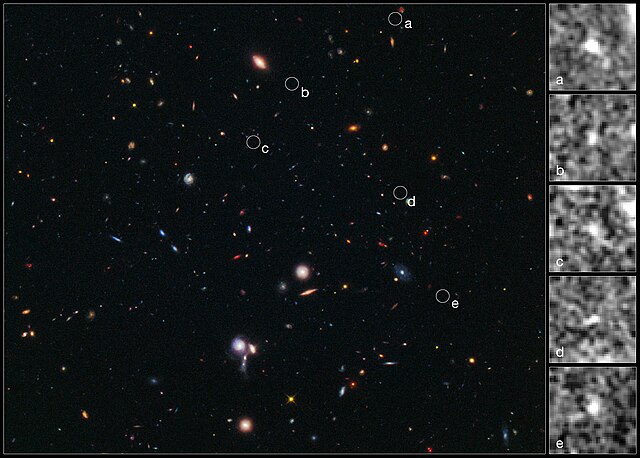Galaxy clusters are immense and complex structures in the universe, consisting of hundreds to thousands of galaxies bound together by gravity. Unraveling the secrets of galaxy clusters is a fascinating endeavor in astrophysics, as they provide insights into the large-scale structure of the cosmos, dark matter, galaxy evolution, and the nature of the universe itself. Here, we explore some of the key secrets and areas of study related to galaxy clusters:
Gravitational Interaction:
The primary force that holds galaxy clusters together is gravity. Studying the dynamics of galaxies within clusters can reveal the distribution of mass, including the elusive dark matter that dominates these systems.

Dark Matter:
Galaxy clusters are dominated by dark matter, which cannot be observed directly but exerts a strong gravitational pull. Measuring the gravitational lensing effects caused by dark matter can help determine its distribution and properties.
Galactic Morphology:
Galaxy clusters host a diverse range of galaxies, from spirals to ellipticals and irregulars. Understanding how the cluster environment affects the morphology and evolution of galaxies is a key aspect of cluster research.
Hot Intracluster Gas:
Galaxy clusters contain a vast reservoir of hot, X-ray-emitting gas that fills the space between galaxies. This intracluster medium is heated to millions of degrees and provides important clues about the cluster’s formation and evolution.
Cluster Evolution:
Observing galaxy clusters at different cosmic epochs allows astronomers to trace their evolution over time. Studying the changes in their galaxy populations, gas content, and structure sheds light on the growth of these systems.
Cluster Mergers:
Galaxy clusters are not static; they frequently undergo mergers with other clusters. These violent events can trigger shockwaves, particle acceleration, and the displacement of galaxies within the cluster.
Mass Estimation:
Determining the total mass of a galaxy cluster is a crucial task. Various methods, such as gravitational lensing, X-ray observations, and the motions of galaxies within the cluster, are used to estimate cluster masses.
Cosmological Implications:
The distribution and properties of galaxy clusters have significant implications for cosmology. They serve as important probes of the expansion rate of the universe and the amount of dark matter and dark energy in the cosmos.
Galaxy Cluster Scaling Relations:
Empirical relations, such as the mass-temperature and mass-luminosity relations, have been established for galaxy clusters. These relations help calibrate the properties of galaxy clusters and can be used to test cosmological models.
Non-Thermal Processes:
In addition to gravitational effects, non-thermal processes, such as magnetic fields and cosmic ray acceleration, play a role in galaxy clusters. Understanding these processes helps explain the observed phenomena within clusters.
Exotic Objects:
Some galaxy clusters contain exotic objects like radio galaxies, quasars, and cooling flow regions. Studying these objects within the cluster environment can provide insights into their formation and impact on the cluster’s evolution.
Unraveling the secrets of galaxy clusters is an ongoing and collaborative effort involving astronomers, astrophysicists, and cosmologists. These cosmic laboratories offer a window into the fundamental properties of the universe, its evolution, and the intricate interplay between matter, dark matter, and energy on the largest scales.










